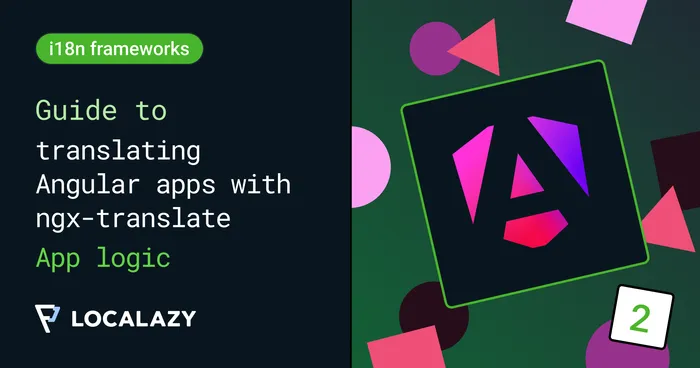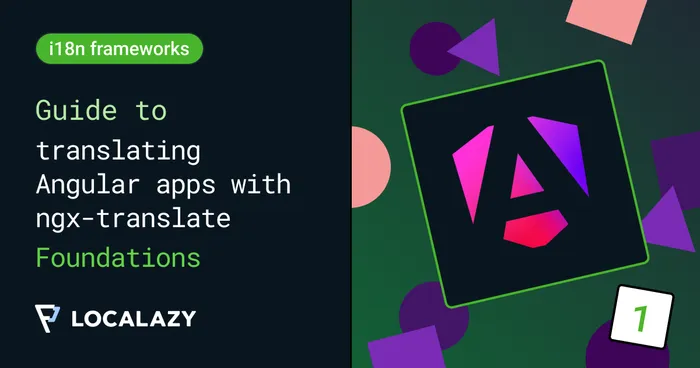ngx-translate
A community-built translation library for Angular that loads and displays localized strings at runtime.
ngx-translate is a runtime translation library for Angular that loads localized strings from JSON files and updates the UI as soon as the user switches languages. It is used to build multilingual interfaces without rebuilding the application for every locale. It loads translation files at runtime, applies keys directly in templates, and updates visible text when the active language changes. This makes it practical for projects that handle dynamic content, frequent releases, or environments where language files need to come from an API.
The library offers a flexible structure: teams can organize translations in separate folders, load them on demand, or map them to custom file names. Interpolation, nested keys, and fallbacks are supported out of the box. However, for features such as ICU Message handling or advanced parsing, you might need to use compatible plugins.
This modular approach makes ngx-translate suitable for Angular, Ionic, hybrid apps, and setups that need more control than Angular’s built-in i18n system.
📌 Key points to know about ngx-translate #️⃣
- It supports nested keys, parameters, plural forms, and fallbacks.
- JSON-based translation files let teams add, edit, and restructure content quickly.
- Language switching happens at runtime, so the UI updates instantly without a rebuild.
- The architecture is modular, so teams can add plugins or write their own compiler or parser.
- Works well with apps that need fast iteration, dynamic content, or remote translation sources.
- The library works with custom loaders, so translations can come from the server, a CMS, or a CDN.
🧩 How ngx-translate fits into localization workflows #️⃣
- Works with translation platforms that export structured JSON.
- Makes it easy to load locale data at different stages of the app lifecycle.
- Ideal for projects that want live updates across all supported languages.
- Supports continuous delivery because content changes do not require a deployment.
- Helps teams test translations, layout shifts, and parameter handling without rebuilding the app.
Notes #️⃣
Client-side loading gives ngx-translate a lot of flexibility, yet it also puts file size and network conditions under direct pressure. Many teams split translations by module, preload key sections, or serve files through a CDN to keep the interface responsive.

